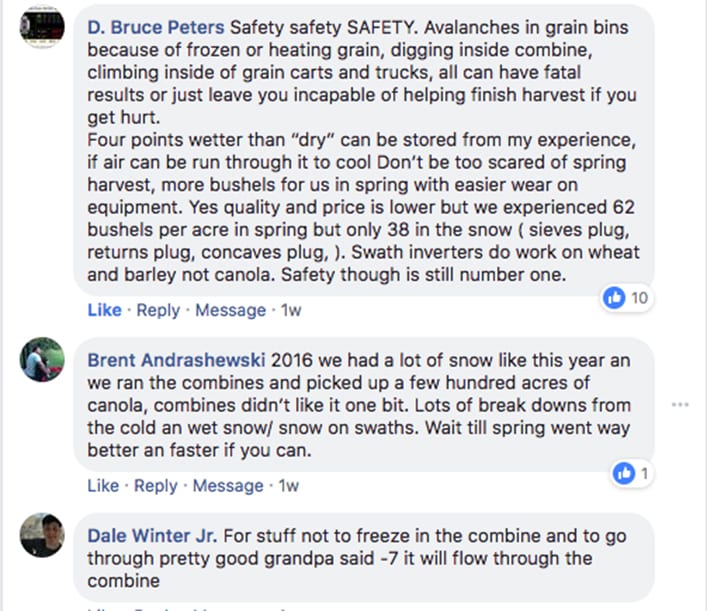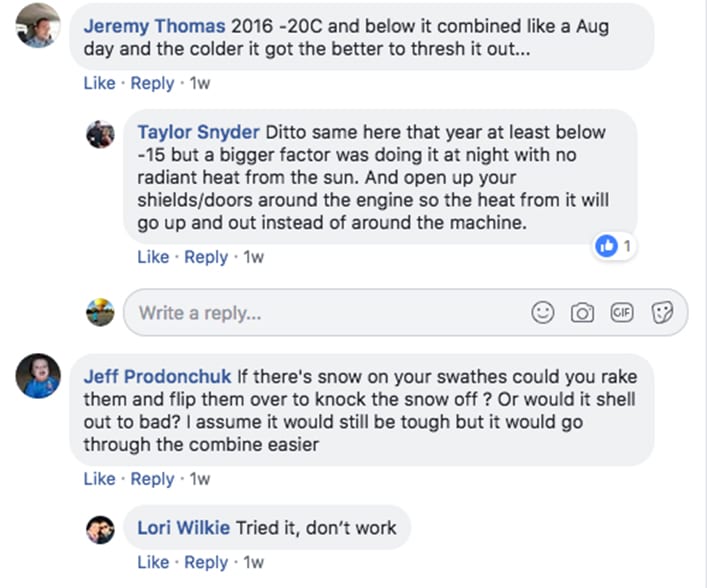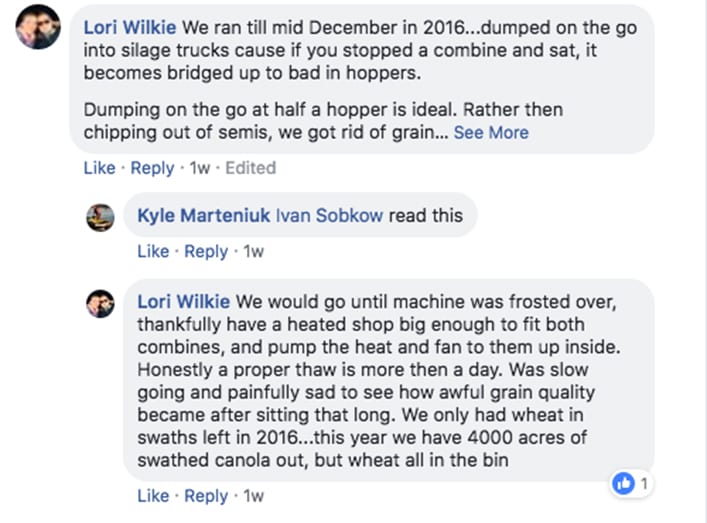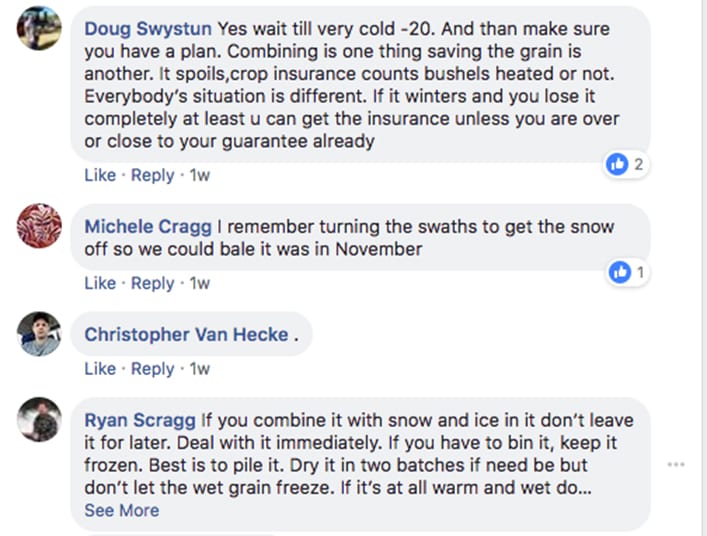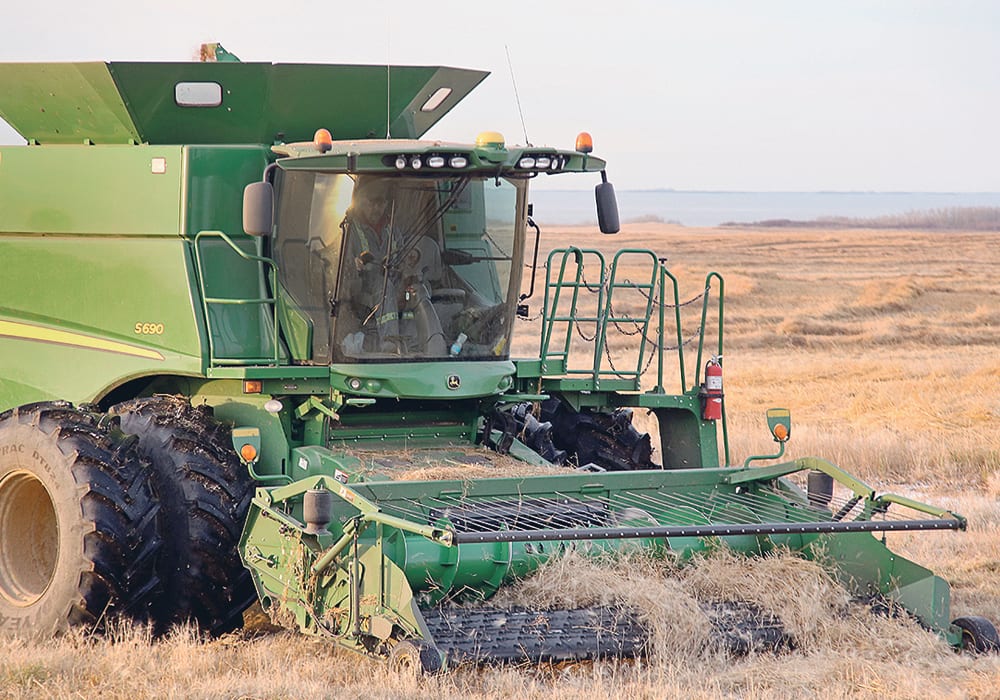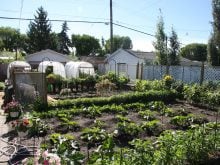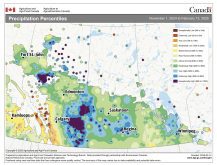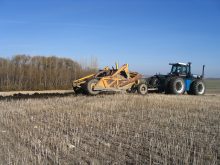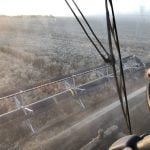Farmers say sometimes it’s better to call it quits in the fall and get back in the field in the spring
Millions of acres of crop remain unharvested across the Prairies, and while there is still time for good harvest conditions, it’s a safe bet winter harvest is going to be occurring again this year.
“Unfortunately, the last three falls we’ve had snow we’ve had to deal with one way or another. Two years ago was the worst,” said Bruce Peters, who has a 4,000 acre grain farm near Fort Saskatchewan, Alta.
“We’ve learned what we can do, and what we can’t do.”
Read Also
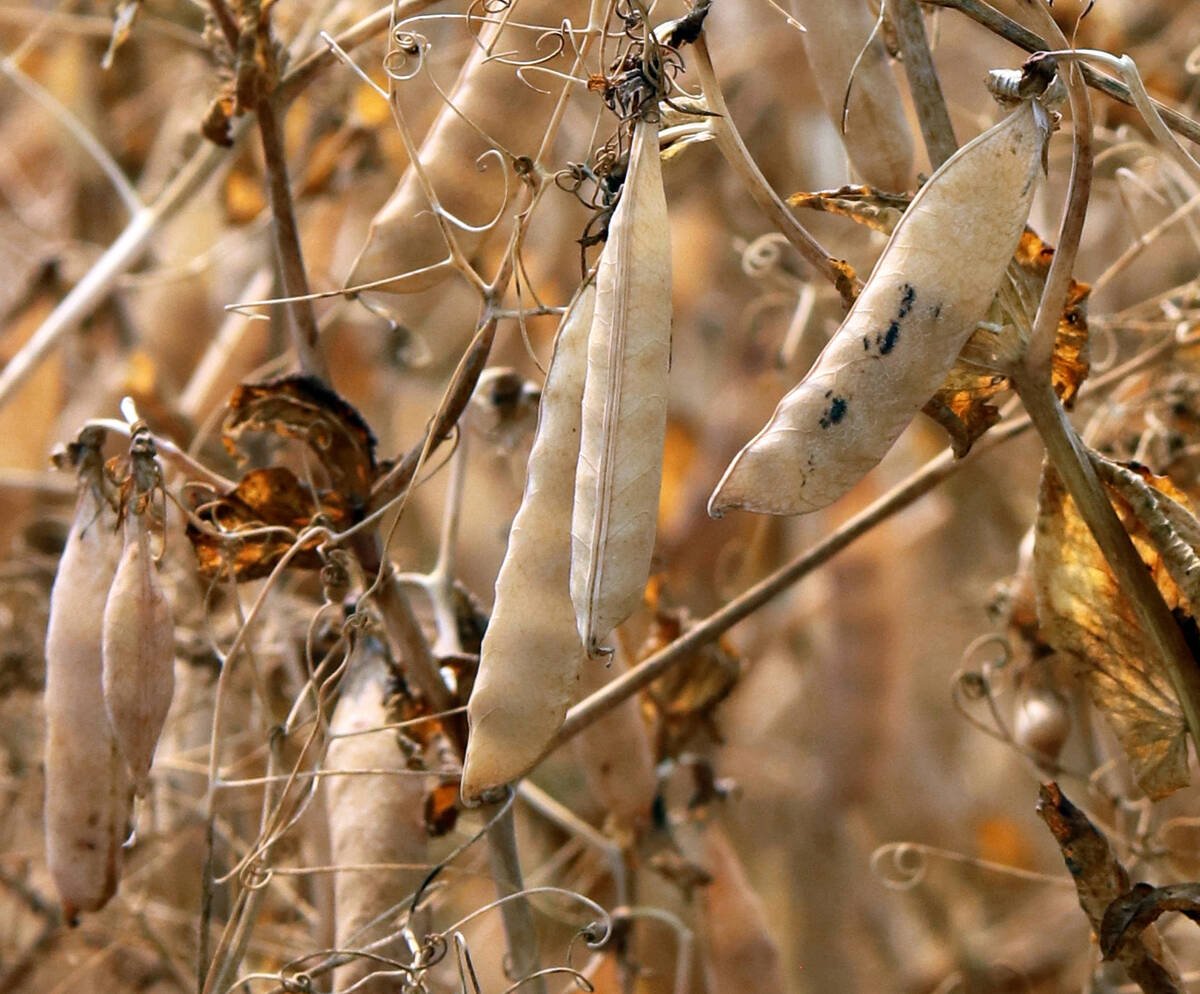
Trump’s tariffs take their toll on U.S. producers
U.S. farmers say Trump’s tariffs have been devastating for growers in that country.
He said one of the most important lessons he learned over the past few years is that one can be better off to just walk away from a losing battle.
“It’s not the end of the world to have to do some (combining) in the spring,” Peters said.
“I know we don’t like to, we want harvest to be done by the time Christmas comes. Sometimes it just doesn’t work that way, and it’s OK to say, ‘I’m done.’ ”
Hello #westcdnag I’m working on a story for @westernproducer on winter combining. Are there any growers that have faced brutal harvest conditions like we’re seeing now and have a few winter harvest tips they’d like to share? pic.twitter.com/ryyMFgbH9U
— Robin Booker (@CDNag) October 10, 2018
He said he’s seen too many dangerous situations over the past few years where growers put themselves at risk trying to finish harvest in the winter, especially when trying to extract tough grain lodged in bins.
“We are literally putting our lives at stake for this tough grain that cost us so much money to work with. That’s where the spring harvest thing, that would not be my last choice this year if we get to that point again,” Peters said.
“We don’t want to be a statistic.”
In 2016, Peters combined both wheat and canola in the winter, and he said under the right condition growers can successfully get their crops in freezing weather.
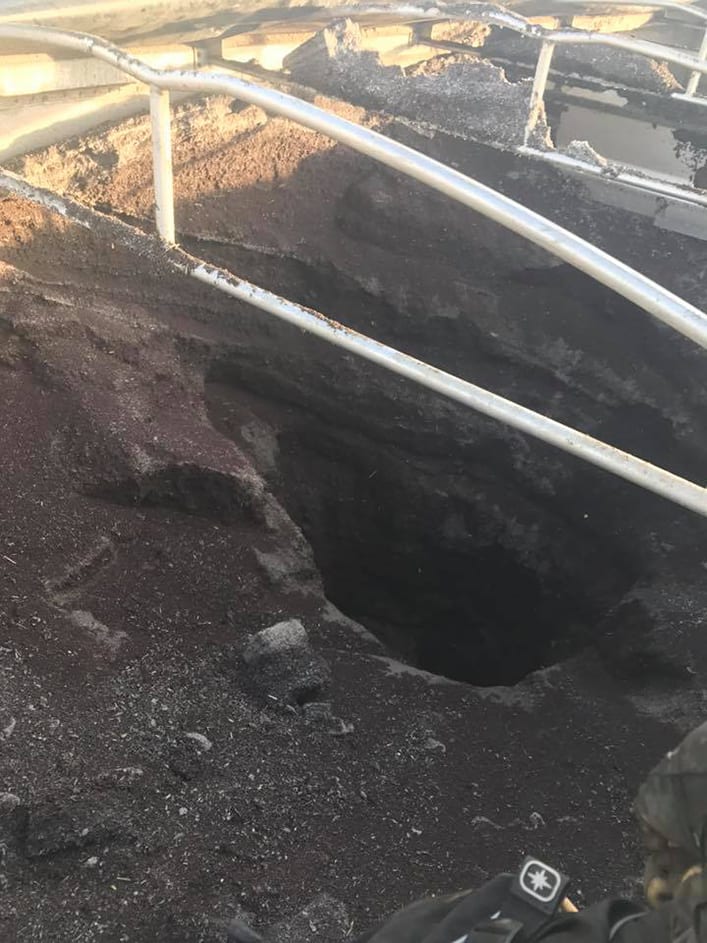
However, he also said growers shouldn’t think that it’s the end of the world to take crop in the spring, because they might be further ahead financially to do so.
“Shortly before we were going to seed the fields we simply went in with a combine. The canola was dry, it went through very easy, and there was no need to dry the canola. The grade was down to what they simply called spring harvest canola at the elevator.”
The spring harvest canola was worth approximately half what it was worth off the combined in the fall, but at the end of the day he was still further ahead with the canola that was spring harvested.
“We got 62 bushels to the acre and we were harvesting 38 on the same field right beside in the fall before,” Peters said.
“That combine was constantly being plugged all the time and wet sticky straw carries canola out the back.”
He said not having to deal with drying and turning the spring harvested canola saved him from dealing with a lot of hassle, and it also saved wear and tear on his combines.
“We had auger flighting that was bent and sieves that were bent because they simply get jammed up really slowly under snow conditions, and things keep turning and they are slowly bending, so alarms don’t go off, or they do and you mute them to keep on going,” Peters said.
“We get in this crazy stubborn stupid stage where we think we have to get it all done. That’s why my view now is safety, safety, safety.”
Shawn Harris farms near St. Walburg, Sask., and he’s hardly turned a wheel this harvest on his 1,200 acre farm.
His experience with spring harvested canola was different in that he harvested approximately 25 percent less canola in the spring because of shelling out in the swath and to wildlife damage, but his canola kept a relatively high grade.
I got between a No. 1 and a No. 2 and it came off dry. I actually got more (for the canola) off the combine in the spring then I did off the combine in the fall,” Harris said.
“In the fall of 2016 I was getting $10.65 a bu. delivered. In the spring of 2017 I was getting $10.98 delivered. I was getting more for stuff that looked terrible. Bear in mind that I did lose 25 percent being threshed out.”
He said the fall-harvested canola looked gray but still retained a high oil content.
His advice for winter combining is to wait until the temperature drops to at least -15 C.
When he was combining canola in 2016, the bottom wasn’t frozen where the swaths were particularly heavy, and the canola straw remained sticky and wet, which would plug his combines.
“I happened to be on the phone and I took in a big wet wad of canola and it plugged my combine solid. It was dark out so we couldn’t really crawl inside to unplug it, so we had to wait until morning. That night it went down to minus 20, and it froze that wad in the combine absolutely solid,” Harris said.
“We had to park the combine and it wasn’t until the next May before it thawed out enough that we could actually unplug it.”
Here is some discussion on the 306 Farmers Facebook site on this topic:
